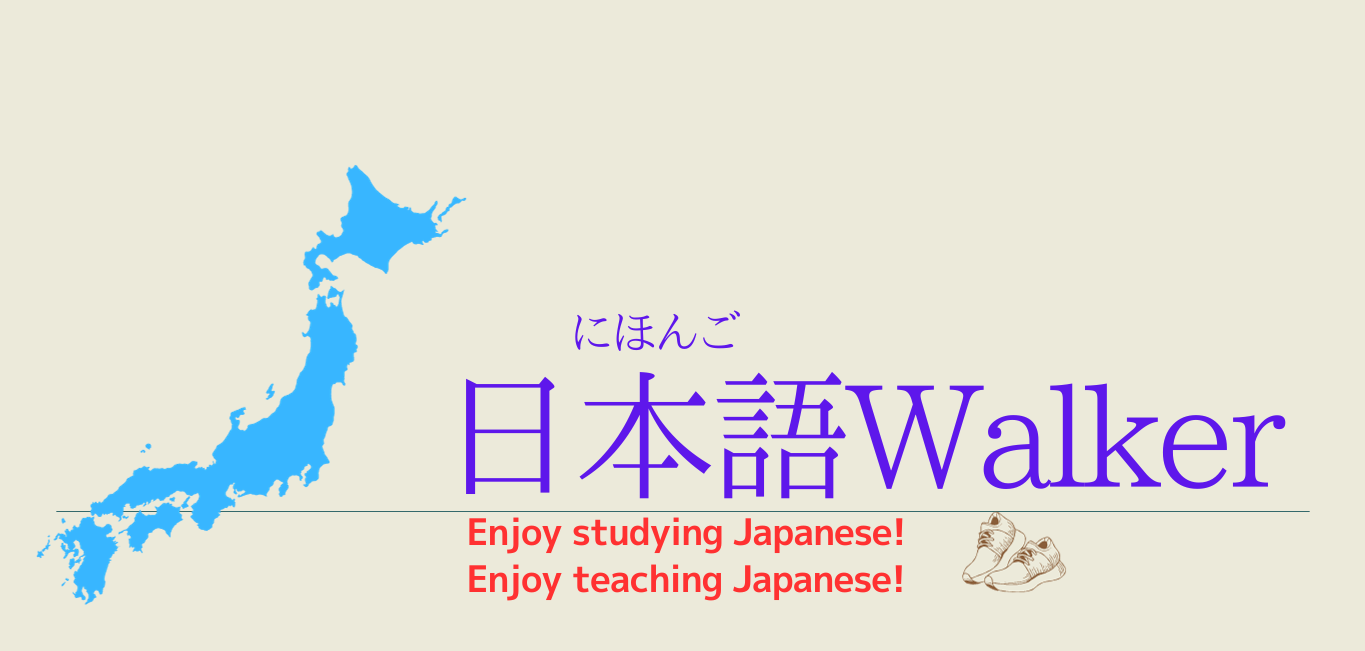In Japan, there was a trend among young people called “MARUHARA” for a while.
In summary, it refers to the phenomenon where if you send a message with a Japanese period (“。”called MARU) at the end on social media or elsewhere, the recipient perceives it as scary or cold.
I’m Japanese, but I didn’t know that, so I was very surprised.
However, recently, I was surprised by Japanese language learners….
Harassment!?
One of them said to me,

When you reply to my messages, you always use the 👍, but that might be considered HARASSMENT!
Wait, wait!
What?
Isn’t the thumbs-up mark friendly???
According to this learner,

👍mark originally meant ‘good’, but now it has become a mark people use when they’ve read a message but don’t want to say anything. Nowadays, the 💛mark represents warmth. Even if you don’t reply, if there’s 💛, the reader feels positive.
Hmm… Could this be ?(敬意漸減の法則)
Paradigm Shift
The people who told me about this were a woman from South America and a man from South Asia. Despite their different ages, they shared the same perspective.
(By the way, I asked someone from East Asia, and he just raised an eyebrow.)
Another paradigm shift for me.
Until now, when learners sent me matter-of-fact messages that didn’t require a response, I usually added just 👍, intending it to mean “Okay!(with a smile)”. I had no idea it might come across as ‘cold’.
I apologized to the learners. In response, they smiled and said, ‘It’s okay! We thought you didn’t know this custom because you’re a bit … older.’
Well, that makes me feel a little conflicted…
💛EMOJI
Alright, from now on, I’ll use 💛mark…
Wait.
Is it embarrassing for a person in their fifties to use 💛EMOJI!?!?
((´∀`))((´∀`)


コメント